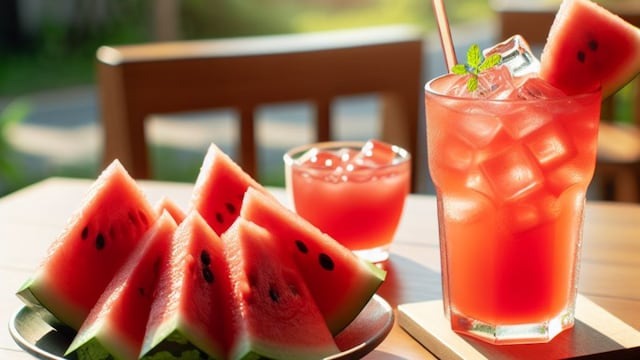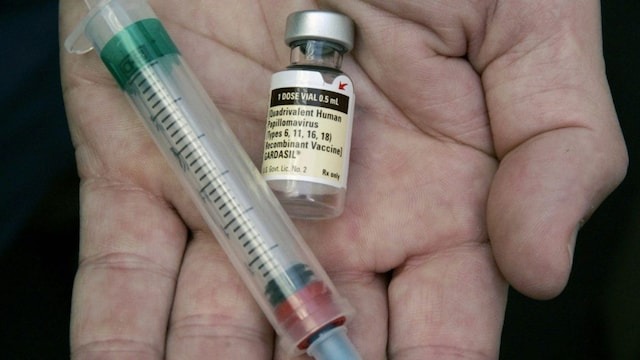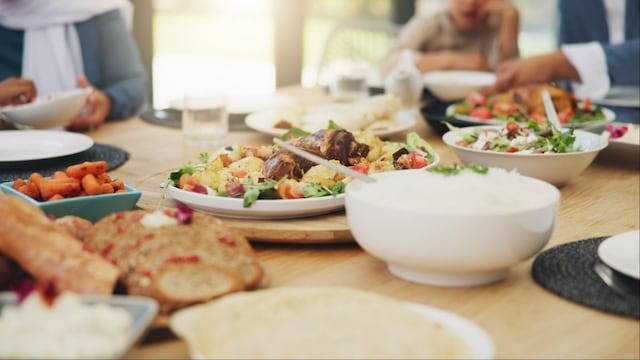
Ready To Eat Food Side Effects: In earlier times, people used to grow fresh fruits and vegetables from their home gardens or nearby farms, but due to the modern world and technological advancements, the popularity of frozen and ready-to-eat food has increased now. Canned and frozen foods are useful on many occasions. When there are no vegetables left, the easiest option is to use frozen foods from the freezer. Ready-made curries, frozen samosas, ready-to-cook rotis, and many other foods come in handy for those who find it difficult to cook.
Disadvantages of eating frozen and ready-to-eat food It
has become quite common nowadays to rely on these packaged foods that may not be fresh, but still have the same taste, texture, and color as fresh food. If you have also filled your refrigerator with ready-made and frozen foods, you should throw them away immediately and vow not to do so again.
According to a report by Healthline, homemade food spoils quickly and starts smelling bad if kept in the kitchen for several days. In contrast, frozen and ready-to-eat foods do not spoil for long because preservatives are added to them which can be harmful to our health. Prepared foods remain the same no matter how many days or months you store them. This is because additives are added to packaged and frozen foods to preserve the taste and color and thus increase their shelf life, but these can cause indigestion, diarrhea, cancer, and kidney disease. All these chemicals harm our bodies. Food companies often prepare food products using poor-quality oil and excess salt, which can harm our health.

 Desk
Desk Share
Share






